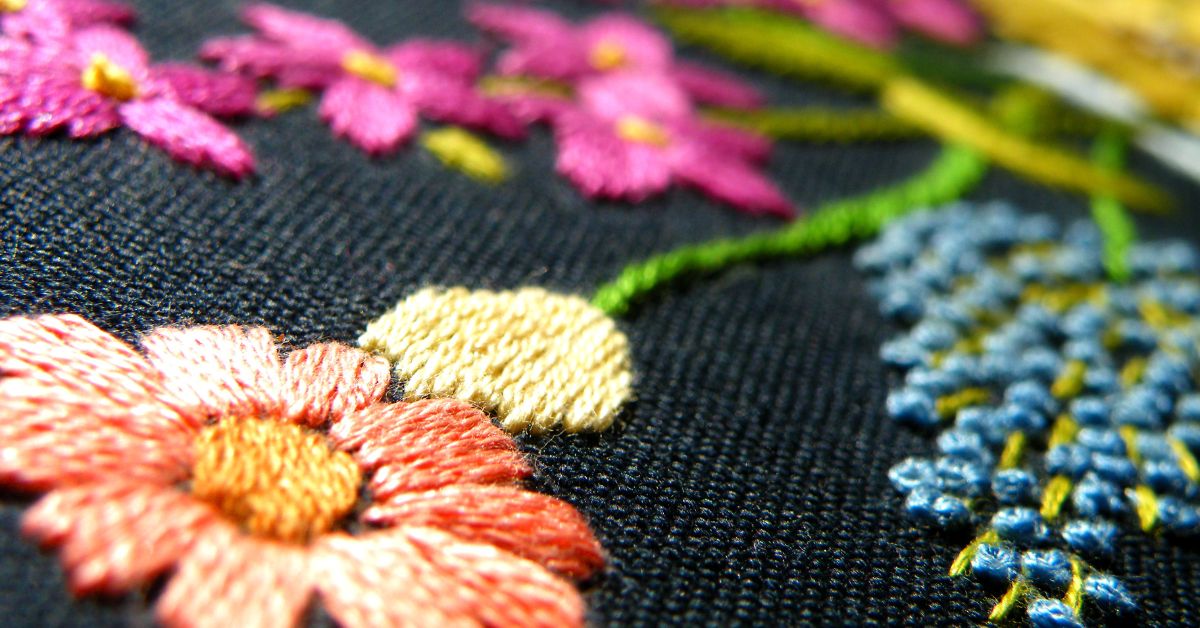Transferring an embroidery pattern to fabric is a fundamental step in creating beautiful and intricate designs. Whether you’re a beginner or an experienced embroiderer, mastering this technique is essential for achieving professional-looking results. In this comprehensive guide, we’ll walk you through the process of transferring an embroidery pattern to fabric, ensuring your creations come to life with precision and accuracy.
Step 1: Gather Your Supplies
Before you begin, make sure you have the following supplies on hand:
- Embroidery pattern
- Fabric for embroidery
- Tracing paper or transfer pen
- Embroidery hoop
- Pencil or fine-tipped marker
Step 2: Choose Your Transfer Method
There are several methods to transfer an embroidery pattern to fabric. Choose the one that suits your fabric type and personal preference:
-
Tracing Paper Method:
- Place the tracing paper over the fabric.
- Secure the pattern and fabric in an embroidery hoop to prevent shifting.
- Trace the pattern onto the fabric using a pencil or fine-tipped marker. Apply even pressure to transfer the lines.
-
Transfer Pen Method:
- Print or trace the pattern onto regular paper.
- Place the paper face down on the fabric.
- Trace over the pattern lines with a transfer pen, applying steady pressure.
- Lift the paper to reveal the transferred pattern.
-
Iron-On Transfer Method:
- Print the pattern in reverse on iron-on transfer paper.
- Place the transfer paper face down on the fabric.
- Iron over the paper following the manufacturer’s instructions.
- Peel off the transfer paper to reveal the transferred design.
Step 3: Start Embroidering
Once the pattern is transferred, you’re ready to begin embroidering. Use the transferred lines as your guide for stitching. If the transferred lines are faint, you can enhance them with a fine-tipped marker or pencil before stitching.
Additional Tips:
- Always test the transfer method on a scrap piece of fabric before working on your actual project.
- Choose a transfer method that is suitable for the fabric type. Iron-on transfers work well on lighter fabrics, while tracing paper is great for sturdier fabrics.
- Be gentle while transferring the pattern to avoid stretching or distorting the fabric.
Conclusion:
Transferring an embroidery pattern to fabric is a crucial step that lays the foundation for your embroidery masterpiece. By choosing the right transfer method and following the steps outlined in this guide, you’ll ensure accurate and well-defined patterns that enhance your creative projects.
For more embroidery tips, techniques, and guidance, visit www.embroiderymachines-forsale.net. Elevate your embroidery skills and create stunning designs that showcase your artistic flair.
